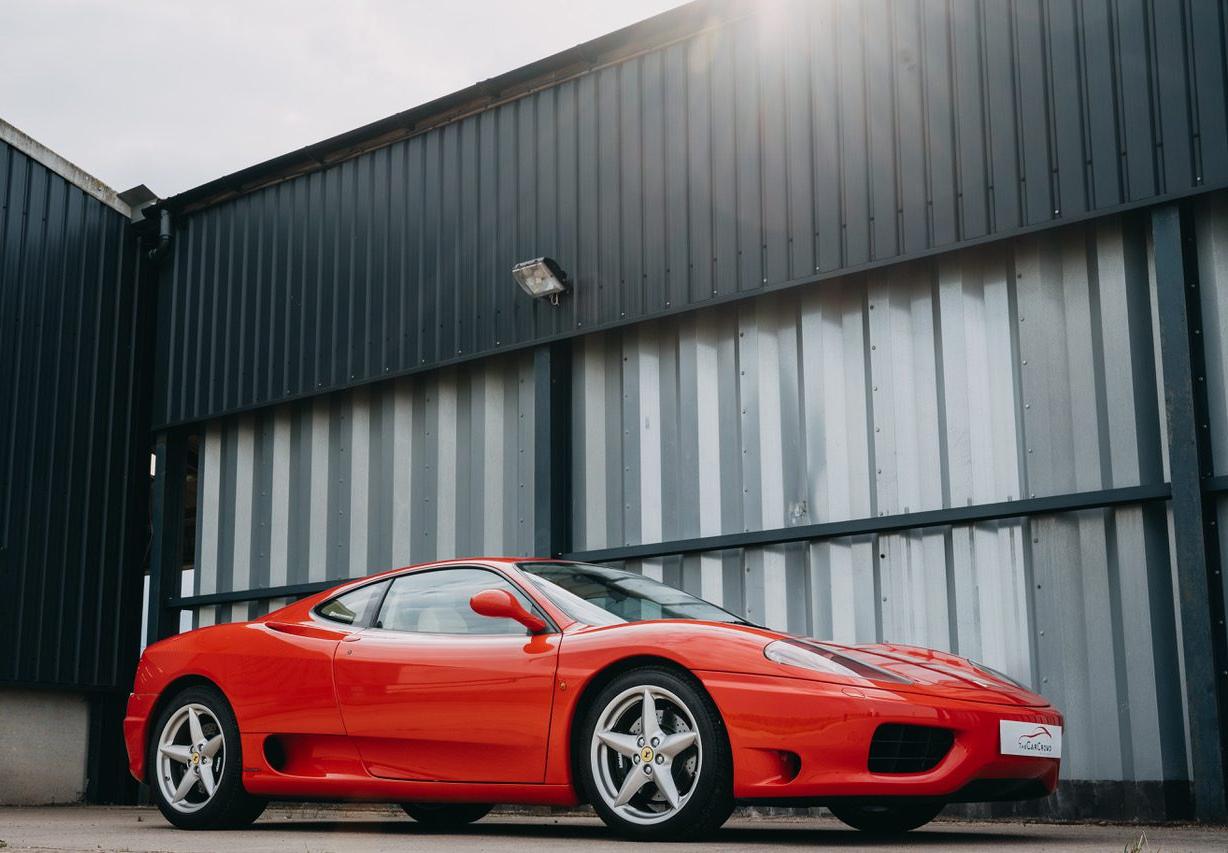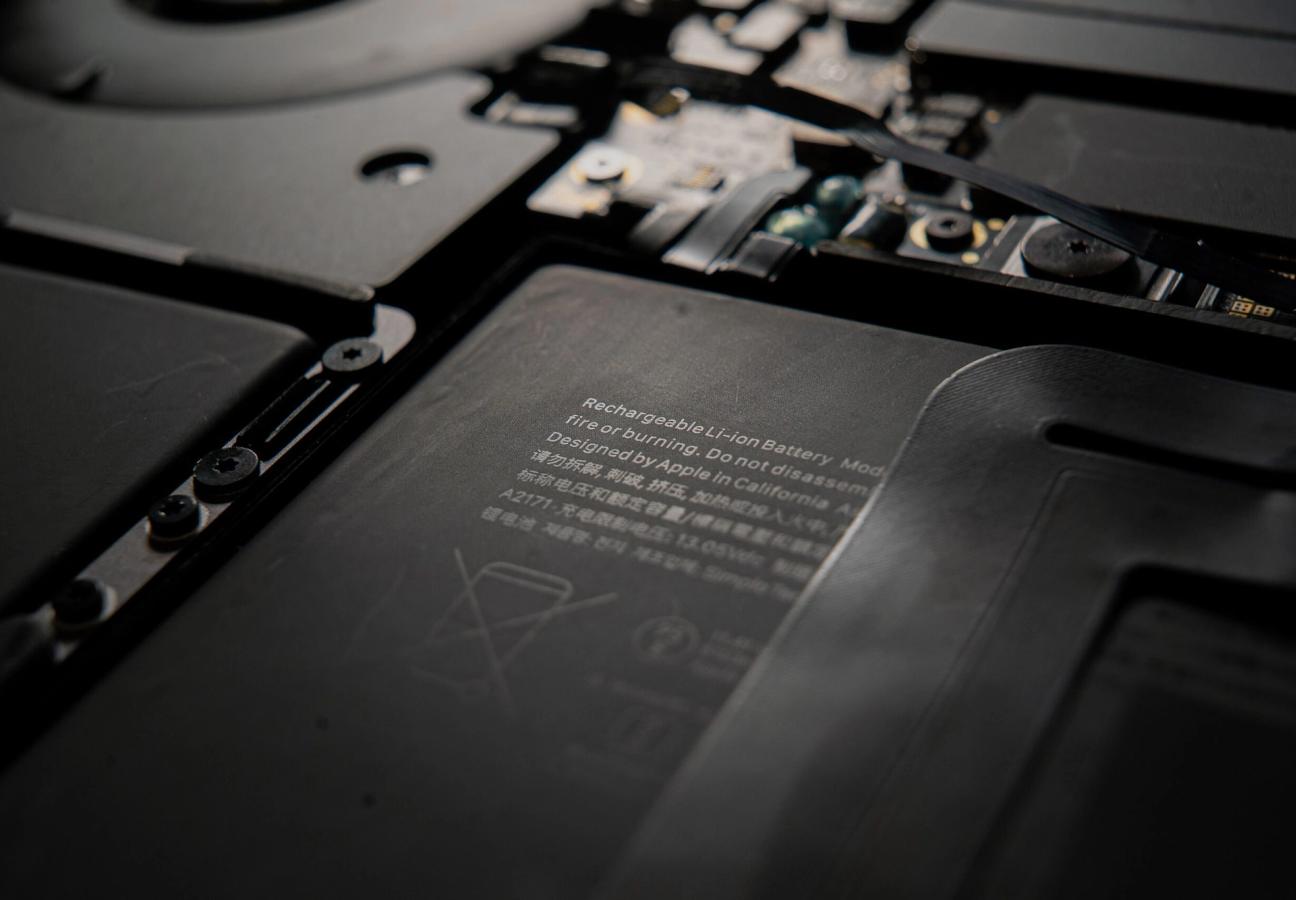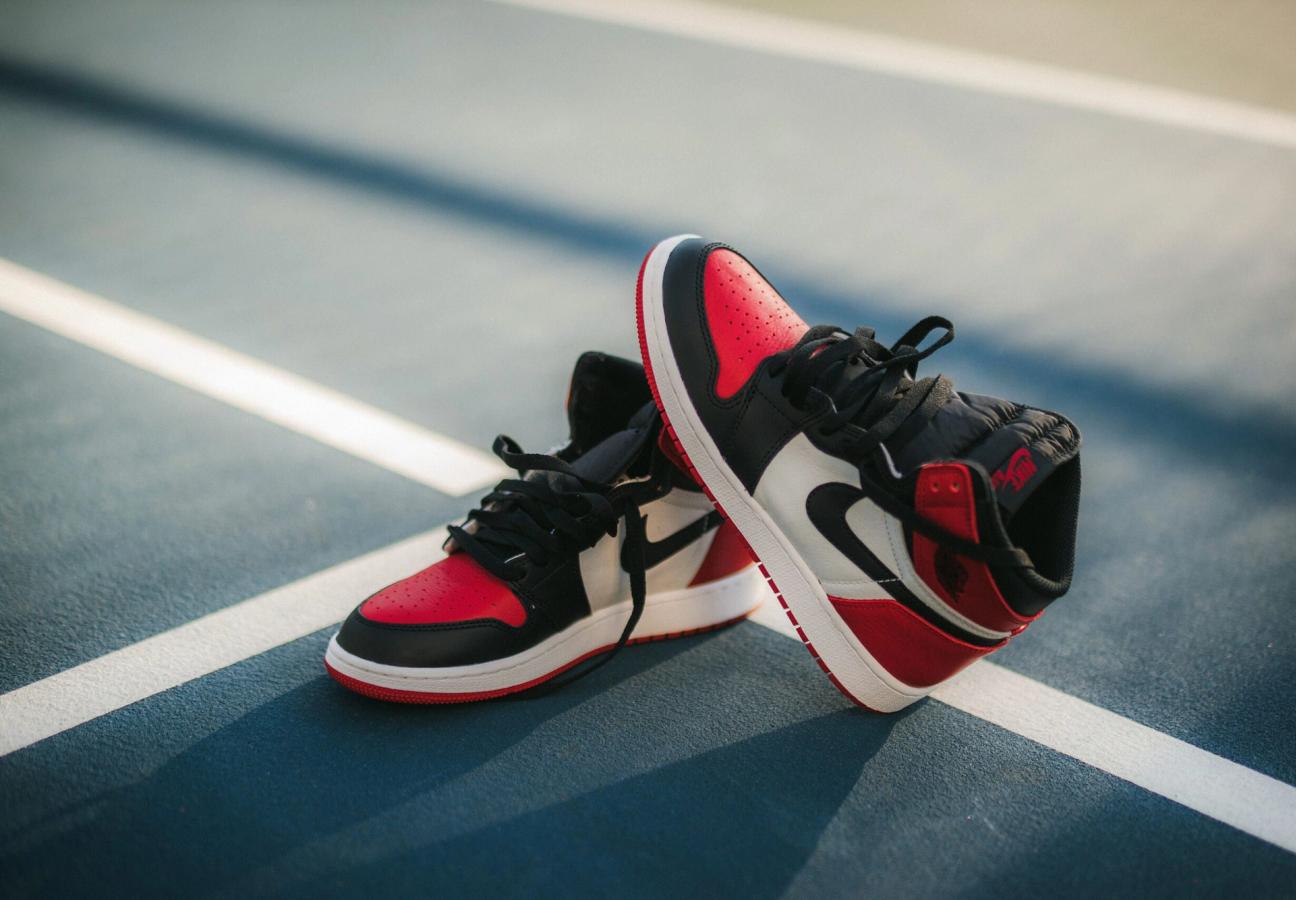

4 of the best alternative investments to make in 2022
From new precious metals to fractional investment in sneakers and classic cars, here are the four best places to put your money this year…
Words: Jonathan Wells
Where do you keep your money? In a current account? In an innovative finance ISA? Under your mattress? It’s been a wild, unregulated couple of years — so you could be forgiven almost any financial arrangement (not if you’re investing in NFTs, obviously). Because, from cryptocurrency to cold hard cash, there are so many money-managing options available to us in 2022 that it can be tricky to know where to start.
Thankfully, we’ve scoured around and scoped out four of the finest investment opportunities for the modern man. And, while trusting brands, sectors or specific goods with your hard-earned funds can never be a sure thing, there are a handful of alternative industries and investments that look set to have a very good year. So forget about whisky, wine, gold and NFTs (seriously, what are they?), and discover the 4 best alternative investments for 2022…
Don’t buy a classic car. Buy *part* of a classic car instead…

And no, we don’t mean a hubcap here or a gearstick there. We mean investing your money into a share of a classic car. Always wanted to own a Ferrari? Brands such as The Car Crowd are on hand to help — and will let you indulge in your passion for vintage motors whilst making you a little money on the side.
“It’s the nostalgia factor,” says David Spickett, founder of The Car Crowd. “And it happens with each generation. The cars that people loved in their youth are the cars they want to own 20 years later, when they can afford to buy them”.
Happily, Spickett’s business (which follows all relevant crowdfunding FCA regulations) has found a fresh new avenue into the world of classic car collecting. The Knight Frank Wealth Report revealed that classic cars, as an asset class, had appreciated 193% in the past ten years up to 2021, and The Car Crowd gives you a piece of the action without the need to actually buy a whole car yourself. In fact, investments begin from as little as £13, and Spickett has welcomed a community of over 1,500 new investors in the last 12 months alone.
“The investors are welcome to visit The Car Crowd HQ and café,” says Spickett, “to see their investments — to look at, touch and smell the cars they have invested in and enjoy the nostalgia of these cars. In essence, this is the first classic car museum owned by the petrolheads”.
Yet to be swayed? Some of the cars may convince you. There’s a Ferrari 360 Modena (“when anyone thinks of a classic car investment,” says Spickett, “they think of a red Ferrari”), an incredibly rare Spyker C8 Spyder (which any eagle-eyed fans of the Fast & Furious films will recognise) and even a Ford Sierra Cosworth, the poster car of the mid-80s that every child wished their dad had bought and brought home.
“The best and most prestigious examples of these classic cars should still continue to rise in value, because the demand is likely to still be high across the world,” says Spickett of the impending emissions restrictions on classics. “And with fewer examples, this should increase demand and value even more”.
Buying whisky by the barrel? Consider casks of rum instead…

Over the last two decades, scotch whisky has emerged as one of the leading ‘alternative asset classes’. The Knight Frank Luxury Investment Index reports that the category grew by 586% in the last ten years alone. But, if you’re looking for an alternative alternative, a particularly spirited option could be rum.
“I describe rum investment as a little like the Wild West,” says Simon Aron, CEO of Cask Trade. “It’s still an unknown market. But it’s an amazing drink. Now, you actually see people in bars asking for cask-strength rum. And they’re not putting anything in it — and that has never really happened before.”
As the spirit increases in popularity, and more importance is assigned to its quality and provenance, investing seems like a smart idea. But it’s not a sure thing, Aron warns. While many rum producers have spent years watering down their spirits and selling them in bulk, now the trend is to sell off individual casks. And, as the investor puts it; “It’s all a bit new”.
“And what’s happening,” Aron adds, “is that all the different rum producers and the names that are out there are jostling for position in the market. It’s a little like how the whisky market was 20 to 30 years ago. And, a few of them float to the top. There are some pretty big rum brands getting some real kudos, some based in Guyana, some in Jamaica and some in Barbados. One particular brand that normally sells out really quickly is Foursquare. It’s getting a really good name for itself. And, when they release individual casks of rum, there’s usually people queuing up with fingers on mouses, ready to click”.
Most of the rum casks sold by Cask Trade, the investor reveals, aren’t sold for investment. Rather, the rum is bottled. But there’s a good chance that even some bottled rums will appreciate — on the condition that they have a genuine provenance, appealing aesthetics, and are both scarce and palatable in equal well-poured measure. Not to mention, rum is also a much cheaper investment to begin with; while a Macallan ‘Lalique’ edition may reach £100k at auction, you could collect a comparative ‘Dictador Generations en Lalique’ for £20k.
“But if you do buy a cask for investment,” says Cask Trade’s Simon Aron, “you need to buy it from a pretty well-known rum producer. And I could not possibly tell you how much it might go up. If it’s a good brand, it will go up. But no-one really knows yet. It’s too soon to be certain; it’s the Wild West”.
Forget gold; battery metals are the real precious investment…

A precious metal portfolio may sound appealing, but is it your best bet when it comes to money-making minerals? While metals from platinum to palladium — and the more classic metallic investments of silver and gold — have a good risk-to-reward ratio, 2022 is seeing a huge increase in demand for battery metals including nickel, cobalt, and lithium.
“The rapid rise in sales of electric vehicles,” explains Henry Sanderson, Executive Editor at Benchmark Mineral Intelligence, “has created a boom for producers of battery metals — most of whom saw huge increases in profits last year. Sales of EVs rose to 6.6 million last year, more than double the previous year, and that was driven by rapid growth in China. As a result, Chinese battery metal producers are saying they are likely to report record results last year”.
It’s true. Tesla lithium supplier Ganfeng Lithium reported that its profits last year landed somewhere between ¥4.8 billion (£558m) to ¥5.5 billion (£640m), which is a year-on-year increase of between 368% and 437%. No wonder lithium has been dubbed ‘white oil’ by those trading on its popularity.
“Lithium prices are trading at record highs,” confirms Sanderson, “since there is not enough supply to meet the rapid escalation in demand. And lithium is a small market that needs to expand rapidly — so that means it has been one of the front-runners. Nickel prices are also trading at an 11-year high, partly due to growth in demand from EVs — as nickel is needed in more powerful electric vehicle batteries”.
But investing in lithium is a little trickier than investing in classic cars or casks of rum. As there isn’t a futures market with individual investor access, and lithium isn’t traded on any stock market exchange, budding investors will have to put their money directly into lithium producers’ stocks, or through exchange-traded funds.
“The market has been volatile over the last few years,” acknowledges Sanderson. “That said, battery demand from the EV sector is set to rise from less than 300 gigawatt hours last year to over one terawatt-hour by as soon as 2026, and over two terawatt-hours by 2030, according to Benchmark. This is the beginning of a megatrend that shows no signs of slowing down”.
It’s one small step to big money if you invest in sneakers…

You have to be a certain type of person to buy a pair of sneakers and leave them in the box. But, if you can exercise some restraint, these tip-top trainers can mean big bucks. Globally, the sneaker market is expected to reach $120 billion by 2026 — and that’s before we even begin to dig our heels into the lucrative world of limited edition designs and celebrity-worn shoes.
For most would-be sneaker investors, it’ll make sense to target a big-name, high-end brand — whether that be Gucci or Balenciaga — and buy a single pair of limited run shoes. Then guard them with your life. Choose wisely, such as a pair of 2017 Balenciaga ‘Triple S’ sneakers, and you could be sitting (or should that be standing?) on a fortune in a few years’ time.
But, like The Car Crowd has put a new spin on collecting and investing in classic motors, there are plenty of proven brands doing the same with high-cost kicks. Rally is one such platform, which allows sneakerheads to invest in partial shares of particularly expensive sneakers. Last year, the app offered a pair of player-exclusive ‘Kobe Bryant Twos’ to investors; split into more than 17,000 shares.
Our favourite fractional interest brand, however, is Otis — where investors can not only pick up new shares every week, but can also go-in on collectables including first edition Harry Potter novels and original generation iPods. But the really lucrative offerings still stand in the sneaker sector; current offerings include a pair of Jordan 1 ‘Metallic Red’ sneakers, a collection of Yeezy II shoes and Magic Johnson’s 1987 NBA season trainers.
Looking to set up your own business? Here’s the entrepreneur’s guide to success, with Coutts…
Become a Gentleman’s Journal member. Find out more here.


